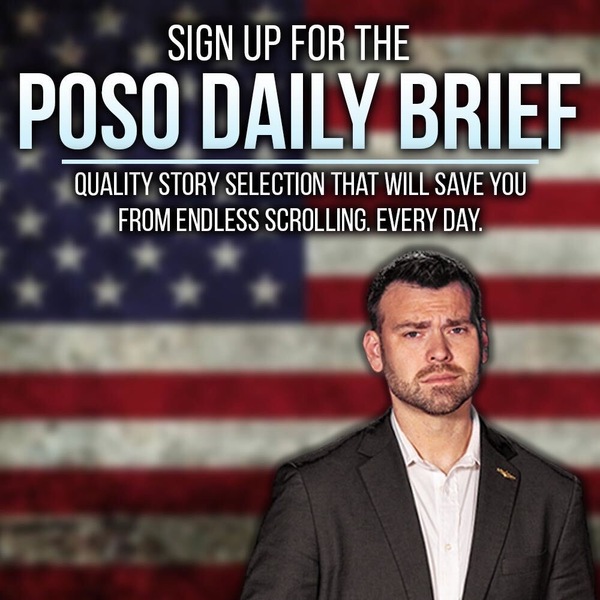On May 3, 1791, The Polish-Lithuanian Sejm (parliament) adopted the world’s second oldest constitution after the American Constitution. Polish reformers pushed to get the constitution, which unfortunately lasted just over a year. Among the reformers was a great American hero, Thaddeus Kosciuszko.
Kosciuszko is perhaps the most important foreign-born ally of Founding Fathers of the United States besides the Marquis De Lafayette. Kosciuszko’s contribution to the American Revolution was invaluable, and his heroic efforts to bring liberty to those who had none should be a lasting inspiration to free people everywhere.
Before the Polish Constitution was crafted in 1791, Kosciuszko had fought to secure liberty for the United States by joining the Continental Army in its desperate fight against the British Empire.
In June 1776, Kosciuszko sailed to America with other European military officers to offer his skills to the American people and he was nearly killed when the ship encountered rough seas along the way. He was a skilled engineer, an expertise direly needed in the Continental Army.
Upon his arrival in the United States, Kosciuszko met a number of famous American military men and Founding Fathers including his friend Gen. Charles Lee and Benjamin Franklin. In his book The Peasant Prince, Alex Storozynski explains the first meeting between Kosciuszko and Franklin.
When Kosciuszko offered his services to Franklin, Franklin asked, "Do you have any letters of recommendation?" Kosciuszko responded, "I don’t have any. A talented person should be able to show his worth, and not letters of recommendation."
After grilling Kosciuszko about his intentions, Franklin acknowledged Kosciuszko as both a noble and talented man.
"I am convinced of your noble intentions. But you have to admit, young man, that it was pretty unwise to travel two-thousand miles without any commitments or connections?"
Kosciuszko had expertise that was nearly non-existent in mostly agricultural American colonies;: he was a military engineer, a skill set that Franklin immediately understood as invaluable, and one that would nearly save the American war effort on several occasions. Franklin didn’t hesitate to recommend Kosciuszko to Congress.
Kosciuszko would go on to participate in the most important parts of the American Revolution, mostly fighting under the command of Gen. Horatio Gates. Kosciuszko was instrumental in setting up the American defense works at the Battle of Saratoga, which is often cited as the turning point of the war for the United States.
The commanding officer during the Battle of Saratoga, Gen. Gates, brushed off praise by famous founding era physician Dr. Benjamin Rush.
"Let’s be honest. In war, as in medicine, natural causes not under our control, do much. In the present case, the great tacticians of the campaign were hills and forests, which a young Polish engineer was skillful enough to select for my encampment," Gates said.
As fate would have it, the other man who performed most heroically at Saratoga, Benedict Arnold, would be linked to the near downfall of Kosciuszko’s other great achievement, the fortress of West Point.
Kosciuszko was the designer of the solid American fortress at West Point, which would eventually become America’s preeminent school for Army officers. It was Kosciuszko’s West Point plan that Arnold tried to give to the British in his infamous betrayal.
Before returning to Poland, Kosciuszko would come to understand the plight of two oppressed peoples that he would fight to protect for the rest of his life: black slaves and Jews.
Kosciuszko saw the plight of black slaves in America and drew the connection to serfs in Europe. He frequently corresponded with his good friend Thomas Jefferson, pleading with Jefferson to release his slaves and to "finish what he had begun."
Kosciuszko even left Jefferson $50,000 in his will to educate and release Jefferson’s slaves, but Jefferson never carried out the terms of will and the money was sent back by the U.S. government.
According to his Kosciusko’s biographer, Alex Storozynski, the efforts of Haym M. Salomon, a Jewish financier that had emigrated from Poland to the United States to fund and support the American revolutionary armed forces, convinced Kosciuszko that Jews were friends of liberty.
When Kosciuszko returned to Poland in the late 1780’s he took part in the reformation of the government and rebuilding of the military. He intentionally required that "nobles should be represented in the same proportions as peasants, Jews, and those with no complete legal ties to the community."
Kosciuszko’s proposal put Jews and peasants on the same level with nobles in Poland, a radical position for a country that had given no legal rights to either. In fact, Kosciuszko created the first Jewish military regiment since the days of the Roman Empire. He believed that peasants and Jews would fight to defend their nation if they were given the same legal rights as everyone else.

It was this same basic belief that inspired some Founding Fathers, like Alexander Hamilton and John Laurens, to espouse similar ideas regarding black slaves during the American Revolution.
With his army of nobles, peasants and Jews, Kosciuszko bravely, but unsuccessfully, defended Poland and the Polish Constitution from Russian invaders and the country’s anti-liberty nobles. Poland succumbed to invaders from without and traitors from within and the country was literally disintegrated and swallowed up by its neighbors.
The alliance between Poland and the United States is long. Poland has historically supported the United States in all of its wars, and has continued to do so throughout the war against Islamic radicalism. Poland has sent troops to both Iraq and Afghanistan. Poland was also the first country within the Soviet bloc to break the bonds of communist tyranny as they drew inspiration and support from the West and the United States.
Statues of Kosciuszko stand in Krakow, Poland as well as in Washington D.C., while statues of Ronald Reagan have been raised in the capital of his home state of California and in the capital of Poland, Warsaw. Poland and the United States continue to share heroes and a belief in the value of constitutional government.





